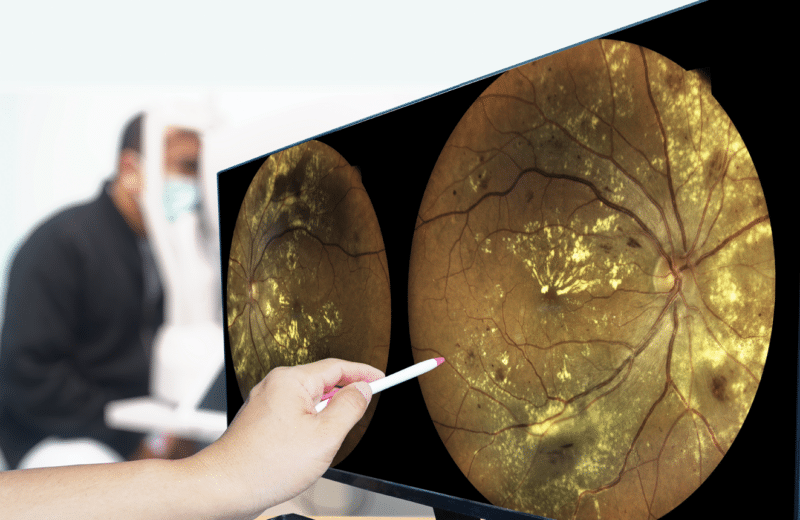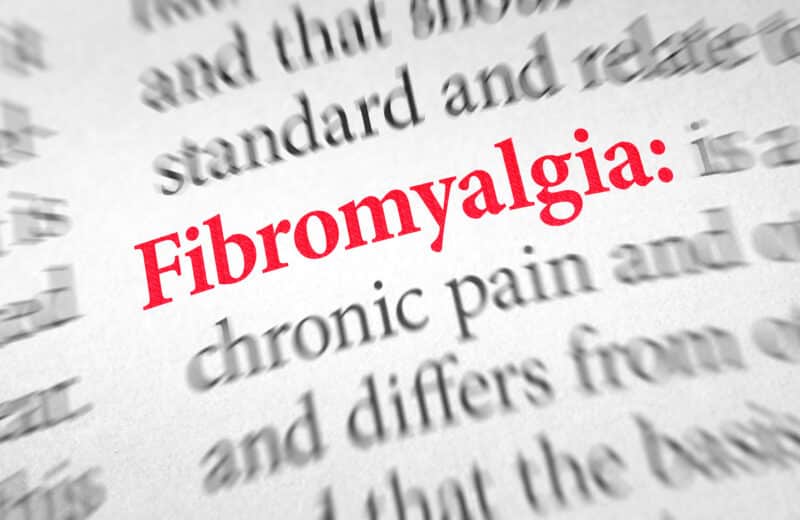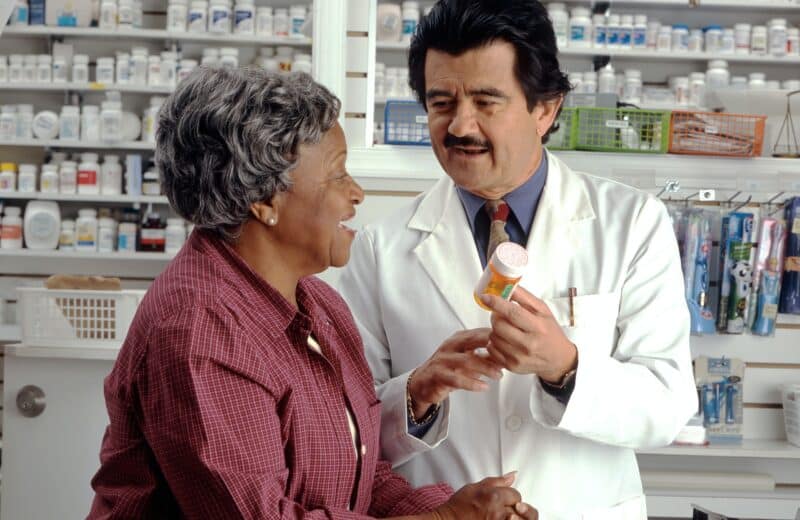The Medicine Cabinet: Ask the Harvard Experts
Q: I was recently diagnosed with dry eyes. But my eyes seem to be watery all the time. What would cause that to happen?
A: Usually people with dry eyes have too few tears. But as strange as it may sound, dry eyes can also be watery. Tears are a mixture of oil, mucous, and water. Dry eyes will water if there is not enough oil or mucous in the mixture.
As we age, our tear production slows. If the lacrimal glands don’t make as many tears, you’ll have a problem with the quantity of tears. If some of the other glands slow, such as those that produce oil, you’ll have a problem with the quality of tears, since you need all three tear components for the tear film.
You need the right amount and mixture of tears to avoid eye problems. A healthy film of tears cleans and protects your cornea and helps preserve your vision.
In addition to aging, the natural loss of tears can be made worse by a number of things, including:
Environment. Low humidity can dry out your eyes as well as your skin. Air pollutants and allergens can cause inflammation, which decreases tear production. These may also cause your eyes to produce “reflex tears” that are too watery to lubricate the cornea properly.
Reduced blinking. Blinking stimulates tear production and spreads the tear film evenly over the cornea. But we tend to blink less as we get older. Moreover, driving, reading, working at a computer, or any other activity that causes you to blink less often can lead to dry eyes.
Medications. Dry eyes can be a side effect of a wide range of drugs, including antihistamines, anti-anxiety agents, antidepressants, and diuretics.
Eye surgery. Lasik, the laser procedure performed on the cornea to improve vision, can affect the eye’s ability to produce tears for as long as six months after surgery.
For people who make enough tears but have dry eye symptoms, warm compresses and gentle eye massage can stimulate the oil glands on the lid margins. If you aren’t making enough tears, the first approach is usually to replace the tears. There are several eyedrops labeled “artificial tears” that closely resemble the composition of normal tears.
For more severe cases, your eye doctor may recommend prescription drops, such as those containing cyclosporine (Restasis) or lifitegrast (Xiidra). There’s even an in-office procedure to block tear drainage by inserting plugs into the tear drainage ducts.
(Howard LeWine, M.D., is an internist at Brigham and Women’s Hospital in Boston and assistant professor at Harvard Medical School. For additional consumer health information, please visit www.health.harvard.edu.)












